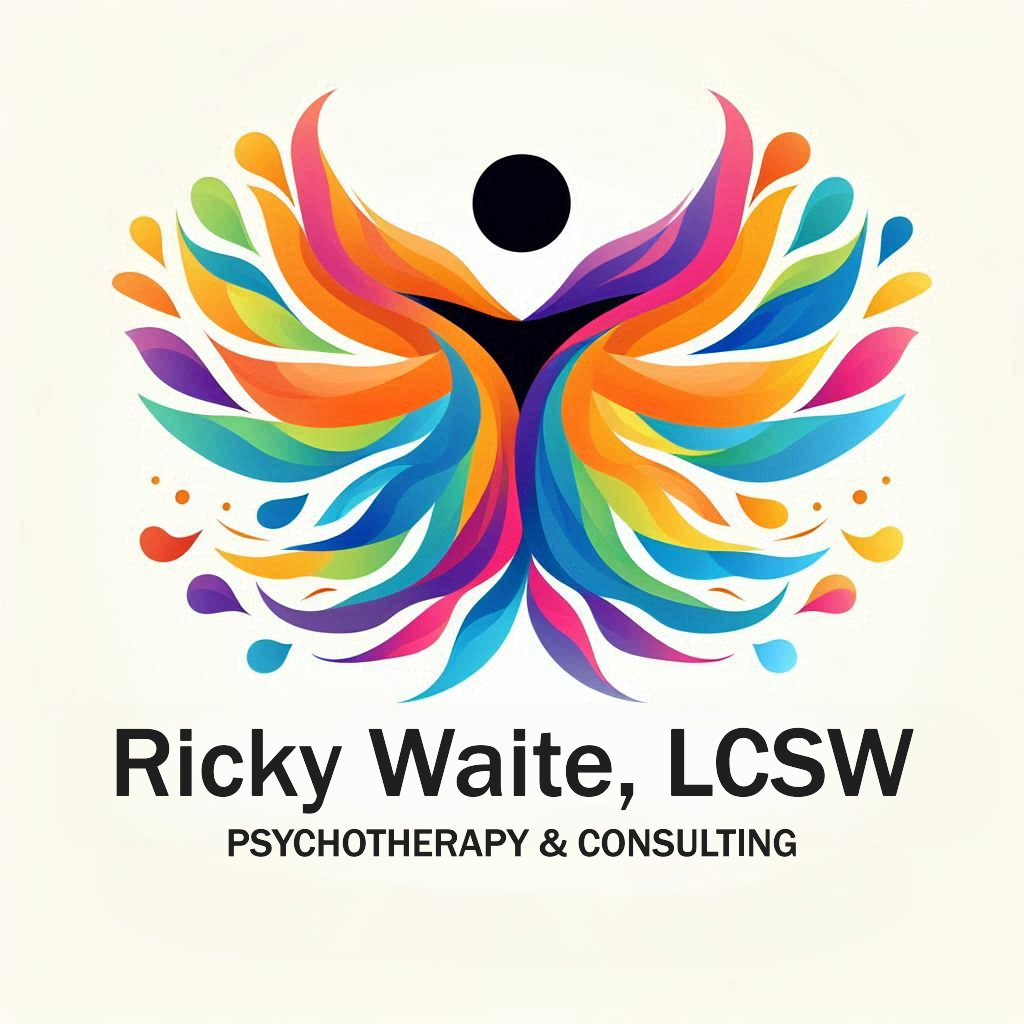Understanding Adult Attachment Therapy: Healing Your Inner Child
- Ricky Waite, LCSW

- Dec 1, 2024
- 2 min read

Adult Attachment Therapy (AAT) is a therapeutic approach that focuses on understanding and healing attachment patterns formed in early childhood. These patterns, often unconscious, significantly influence our relationships, emotions, and overall well-being as adults.
The Roots of Attachment
Our earliest relationships, particularly with primary caregivers, shape our attachment style. Secure attachment, characterized by trust, intimacy, and a sense of safety, forms the foundation for healthy relationships in adulthood. However, if these early bonds are disrupted or insecure, it can lead to anxious, avoidant, or disorganized attachment styles.
How Attachment Styles Impact Adult Relationships
Anxious Attachment: Individuals with anxious attachment often crave intimacy but fear rejection. They may become overly dependent, clingy, or jealous in relationships.
Avoidant Attachment: People with avoidant attachment tend to distance themselves emotionally. They may struggle with trust, intimacy, and vulnerability.
Disorganized Attachment: Disorganized attachment is characterized by inconsistent and unpredictable behavior. Individuals with this style may have difficulty regulating emotions and may engage in self-sabotaging behaviors.
The Goals of Adult Attachment Therapy
AAT aims to:
Identify Attachment Style: Therapists use various assessments to determine a client's primary attachment style.
Understand the Roots: Clients explore their childhood experiences and how they shaped their attachment patterns.
Develop Secure Attachment: Through therapeutic interventions, clients learn to form secure, healthy relationships.
Heal Core Wounds: AAT addresses underlying emotional wounds and helps clients develop a stronger sense of self-worth.
Improve Communication and Boundaries: Clients learn effective communication skills and how to set healthy boundaries.
Therapeutic Techniques in AAT
Mindfulness: Clients are taught to be present in the moment and observe their thoughts and feelings without judgment.
Cognitive-Behavioral Therapy (CBT): CBT helps clients identify and challenge negative thought patterns and behaviors.
Emotion-Focused Therapy (EFT): EFT focuses on understanding and processing emotions, particularly those related to attachment.
Schema Therapy: Schema therapy helps clients identify and change maladaptive patterns of thinking and behaving.
The Benefits of Adult Attachment Therapy
By addressing unresolved attachment issues, AAT can lead to significant improvements in:
Relationship Quality: Stronger, more fulfilling relationships
Emotional Regulation: Better ability to manage emotions
Self-Esteem: Increased self-worth and confidence
Stress Management: Improved coping mechanisms for stress and anxiety
Overall Well-being: A greater sense of peace and contentment
If you're struggling with relationship issues, anxiety, or low self-esteem, consider seeking the guidance of a qualified therapist specializing in Adult Attachment Therapy. By understanding and healing your attachment patterns, you can unlock your full potential and build the fulfilling relationships you deserve.




Comments